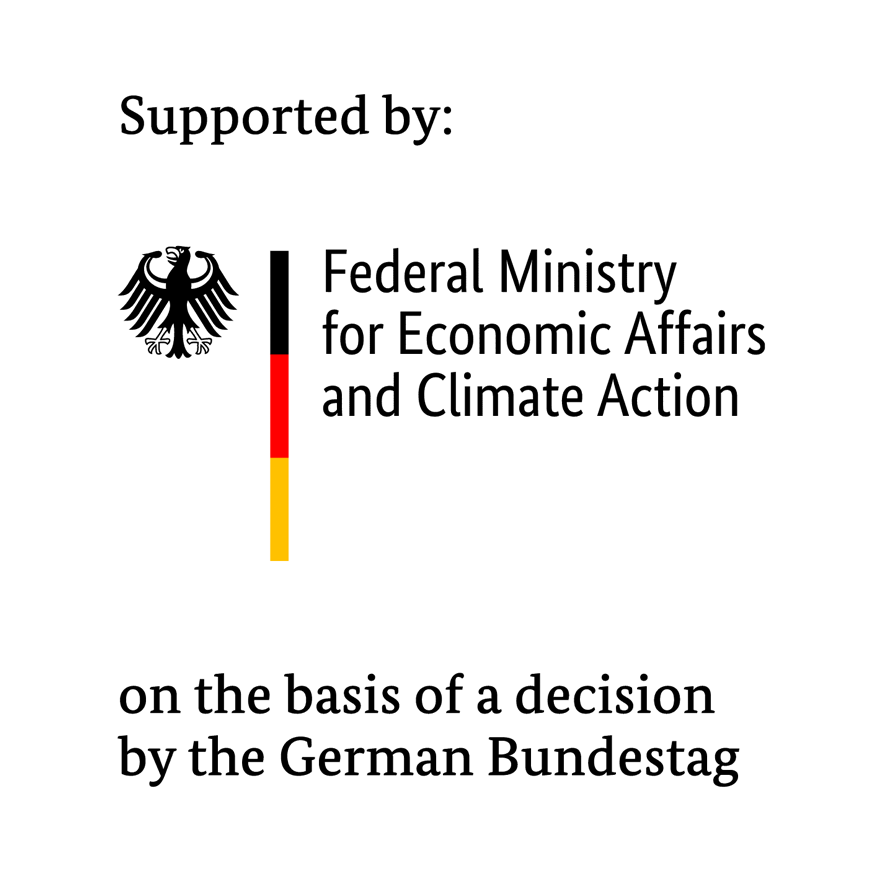Production technologies and process-oriented material evaluation for highly parallelized rotor blade production
| Funding: | Federal Ministry for Economic Affairs and Climate Action (BMWK) |
| Partners: | Fraunhofer IFAM, Nordex Energy GmbH, SWMS Systemtechnik Ingenieurgesellschaft mbH, Universität Bremen BIK / FIBRE, BASF Polyurethanes GmbH, fibretech composites GmbH, Henkel AG & Co. KGaA, Hexion Stuttgart GmbH, Jöst GmbH, Saertex GmbH & Co. KG, Siemens AG, Siemens Industry Software GmbH, SINOI GmbH |
| Duration: | 10/2018 – 10/2023 |
Using the technology presently available, it takes around 24 hours to produce a rotor blade blank. The process is protracted since almost all production steps must be performed one after the other in the main mold tool. To shorten the production time, the project team plans to perform various processes in parallel and move some of the work away from the main mold tool to other devices. This includes procedures such as preforming (placement and draping of the textile and core materials) and prefabbing (preproduction of rotor blade components).
Another goal is quality enhancement: In order to achieve greater, more reproducible component quality, the researchers at IWES rely on measuring technologies and mechanical tests during the manufacturing process. In addition, the use of a laser measurement system is planned which will precisely record the 3D geometry of the finished parts. The introduction of robust and parallel production processes offers huge potential cost savings. The production procedure is rendered more efficient and material surcharges as well as reworking due to quality issues can be reduced.
A direct production procedure for mold tools was developed in the scope of the preceding project, BladeMaker. This has reduced the production time for molds from six to three months. In the BladeFactory project, researchers now aim to use this production procedure to create mold tools with a cooling function. This will enable the curing process to be optimally controlled and shortened, whilst also increasing the quality of the components. The more rapid manufacturing of mold tools accelerates the time to market of rotor blades significantly which results in a decisive competitive advantage for manufacturers.
